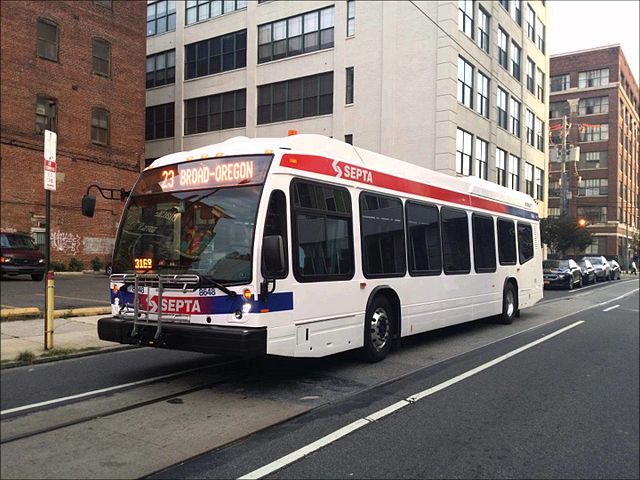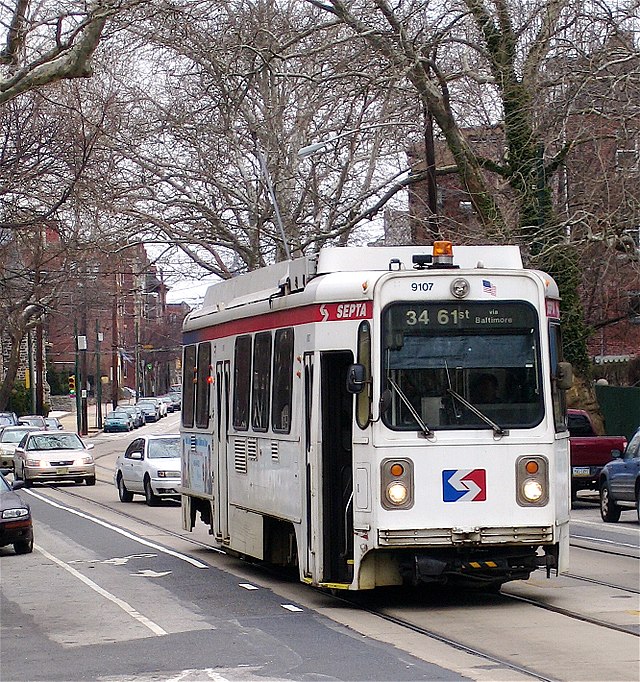What You Need to Know About SEPTA Lawsuits
The Southeastern Pennsylvania Transportation Authority (SEPTA) serves nearly 4 million people in five counties in and around Philadelphia. This regional public transportation authority operates buses, trains, and trolleys. While the transportation provided by SEPTA is reasonably safe, serious accidents can and do occur. SEPTA accidents can cause significant physical harm and injuries to SEPTA passengers, motor vehicle drivers, pedestrians, and cyclists.
What Services Does SEPTA Provide?
Last year alone, nearly 225 million commuters utilized one or more of SEPTA’s five primary transit vehicles, including SEPTA commuter rail trains, SEPTA subway/elevated trains, SEPTA light rail trolleys, SEPTA trolleybuses, and SEPTA motor buses. The vast SEPTA transit system is the fifth-largest in the United States.
SEPTA also oversees shared-ride services and transportation services for elderly and disabled Pennsylvanians. SEPTA is responsible for Southern Pennsylvania’s vast network of rails, depots, stations, and rail yards and maintaining, replacing, and expanding transportation infrastructure, facilities, and vehicles.
What Are Common Types of SEPTA Accidents?
Here are some of the most common accidents that involve SEPTA transportation and properties:
– SEPTA Bus Accidents
A SEPTA bus can collide with another vehicle, a cyclist, or a pedestrian. The accident can result in serious bodily injury and even death in these cases. However, such injuries are not limited to the victims hit by a SEPTA bus. Some accidents may result in bus passenger injuries from being violently thrown around the bus.

Yesums, CC BY-SA 4.0, via Wikimedia Commons
– SEPTA Train Accidents
Like bus accidents, a SEPTA train can hit a motor vehicle or individual on the track. They can also derail. In these cases, significant risk is posed to passengers as well.
– SEPTA Trolley Accidents
SEPTA Trolleys strike other trolleys, motor vehicles, pedestrians, and cyclists far too often. Unfortunately, these accidents often result in severe injury or even death.
Other types of SEPTA accidents can occur as well. These may include slip and fall accidents when entering or exiting a SEPTA vehicle or on SEPTA property. Elderly and disabled passengers or those using a SEPTA paratransit vehicle are also at a greater risk for injury on a SEPTA vehicle. Although they don’t carry passengers, SEPTA maintenance vehicles have also caused accidents.
What Causes SEPTA Accidents?
SEPTA accidents may happen for a variety of reasons, including:
- operator error or negligence
- insufficient operator training
- rail or vehicle defects
- maintenance failure
- fault equipment
Injuries from SEPTA accidents don’t always involve vehicle crashes. Because SEPTA is responsible for a vast network of public properties, it is responsible for preventing injuries at its stations and depots resulting from:
- leaky pipes
- drain malfunctions
- crumbling interiors, such as walls and ceilings
- broken handrails
All of these defects can result in slips and falls, which in turn can cause head injuries, neck and back injuries, and other serious slip and fall related injuries.

Studio 34: Yoga, CC BY 2.0, via Wikimedia Commons
What Rules Govern SEPTA Lawsuits
Suing SEPTA is unlike filing a lawsuit against a motor vehicle driver following an accident.
Three rules govern SEPTA lawsuits, and they are as follows:
The Common Carrier Rule
SEPTA transportation units, such as trains, trolleys, or buses, are common carriers. That means that SEPTA is held to exceptionally high standards and must follow strict regulations regarding safety. Common carriers can be held liable for negligent or reckless acts. There are, however, limitations to that liability.
When it comes to injuries sustained in typical or expected stops or movements of a common carrier vehicle, the common carrier is shielded from liability. If a SEPTA vehicle jolts or comes to a sudden stop, it does not mean that the carrier is automatically liable in the case of a passenger injury. In these cases, the injured passenger must prove that their injury resulted from some unusual or abnormal movement or stop, such as a speeding operator who slammed on the brakes.
Sovereign Immunity
The doctrine of sovereign immunity may apply to a SEPTA accident case, which can shield the carrier from liability. As a government agency, SEPTA falls under the Sovereign Immunity Act. Suing a government agency can be tricky. One must follow strict rules, or there is a risk of jeopardizing the victim’s claim. One such rule involves providing notice of claim to SEPTA within a six-month period following the incident. This notice must include specific information about the accident for your claim to meet the requirements of the Sovereign Immunity Act.
Limitations on Damage
When suing SEPTA, there are limits on the damages that a victim may collect from the agency. The most money that a victim is entitled to receive is $250,000. There is also a total accident liability cap of $1,000,000. Regardless of how many victims there are in a SEPTA accident, SEPTA is only liable for up to $1,000,000 total.
Contact a SEPTA Accident Lawyer Today
Don’t wait if you or someone you love has been hurt in a SEPTA accident. To get the largest damage amount possible, you must have an experienced SEPTA injury attorney on your side! Contact the SEPTA bus and trolley accident attorneys from The Thistle Law Firm today – get a free consultation both by phone at 215-525-6824, and through our contact form here.

